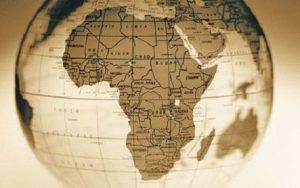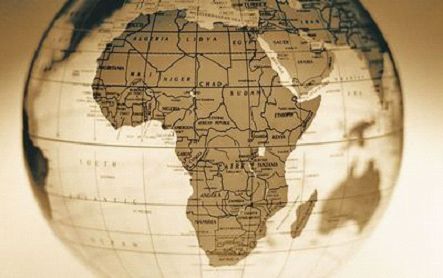By Sarah-Claire Jordan
 Most of the top languages for translation and marketing these days are European or Asian languages, such as Mandarin, Arabic, or French. While these are important languages to keep in mind for marketing and localization purposes, one must also think about which languages aren’t quite as popular at the moment, but have a lot of potential. That is exactly the case with the languages of Sub-Saharan Africa, which is home to many developing countries that could potentially be important economically.
Most of the top languages for translation and marketing these days are European or Asian languages, such as Mandarin, Arabic, or French. While these are important languages to keep in mind for marketing and localization purposes, one must also think about which languages aren’t quite as popular at the moment, but have a lot of potential. That is exactly the case with the languages of Sub-Saharan Africa, which is home to many developing countries that could potentially be important economically.
Two of the most common languages indigenous to Sub-Saharan Africa are Swahili, or Kiswahili, and Amharic. Amharic is indigenous to Ethiopia, while Swahili is one of the languages of the Bantu people, a general term for people who speak Bantu languages and who are indigenous to various countries in the region. While Amharic is essentially exclusive to Ethiopia, Swahili presents more localization challenges since it was originally used as a lingua franca for many different nations in Sub-Saharan Africa, particularly the African Great Lakes region.
Oromo is another African language that is spoken by many across Sub-Saharan Africa, with some 45 million speakers or more. The main countries where Oromo is spoken include Ethiopia, parts of Kenya, and Somalia. Even though this isn’t a huge area of Africa, there are still many different dialects of Oromo, many of which are not mutually intelligible. The governments of countries and regions that have many Oromo speakers find it difficult to decide which alphabets and dialects to teach in schools, among other things. This just goes to show you how important it is to have an African languages expert to work with.
Hausa and Yoruba are two other languages indigenous to this region of Africa that need to be taken into account for localization and translation when trying to reach clients. Hausa alone has 44 million native speakers, and is native to Niger, Nigeria, Benin, Cameroon, Ivory Coast, Ghana, and Togo. That is a huge portion of just one region of Africa, so imagine how many people and companies you could reach if you localized and translated your marketing campaign into Hausa. Yoruba doesn’t have quite as many native speakers as Hausa, but 28 million is nothing to sneeze at, and it is spoken quite a bit in both Nigeria and Benin.
The most important thing to consider when thinking about how to market, and translate/localize, in Sub-Saharan Africa is the fact that the number of speakers of any of these indigenous languages is sure to rise in the future. This particular region of the world is experiencing a lot of population growth, and many economies are growing along with it, making the countries that are found in the region ones to keep an eye on. Sure, it is important to take into account languages and economies that are already flourishing, but why not guarantee your company’s continued success by focusing on some countries that others might be dismissing at the moment? Getting a foot in the door before anyone else can make a huge difference.




